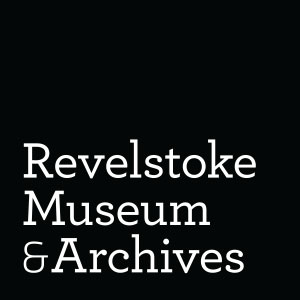The Fur Press
Revelstoke Museum & Archives has been undergoing many changes this year, with new lighting and flooring installed in our main exhibit space on the first floor. We removed the fixed showcases, and opened the space up considerably. We are working on a long-term exhibit plan that will allow us to create changing exhibits on a regular basis. We have a basement full of items in storage, and we hope to rotate artifacts more to allow visitors to see and experience more of these fascinating pieces.
One artifact that has been on display for over 40 years is the fur press used
by men’s clothing merchant F.B. Wells. This artifact will remain on display
well into the future, partly because of its size, but also because of its
significance to the history of this region. The press was built around 1911 by
local builders, and is over 8 feet in height and 5 feet wide. It was used to
press furs to create shipping bales. On the sides of the press are pencilled
notations where furs were tallied.
F.B. Wells opened his men’s clothing store on Front Street in 1889, and later moved to the corner of Mackenzie Avenue and First Street. He bought furs from local trappers and sold them to fur companies in Winnipeg and Montreal. As well as the fur press, the museum also holds two ledgers where he recorded furs bought and sold. The ledgers are a wealth of information on the local fur industry in the early 1900s. In the month of April 1914, F.B. Wells bought 2,006 furs from 52 trappers at a total cost of $7,286.08. Among the species of animals were marten, mink, beaver, weasel, otter, lynx, wolverine, fisher, muskrat, coyote, bear, skunk, fox and cougar. Many of the trappers were also prospectors and they often made more money from their traplines than from their mines. On April 11, 1914, a trapper named O. Wood made $710.50 for the sale of his furs, which included 103 marten and other animals, among them one wolverine.
This artifact has now become one of my favourite in the museum’s collection because of the stories it has to tell of a part of our history.
Fred Robinson, Charles Skene & Bill Durrand with their furs, circa 1910. Bunty Skene is peeking out behind the furs.

